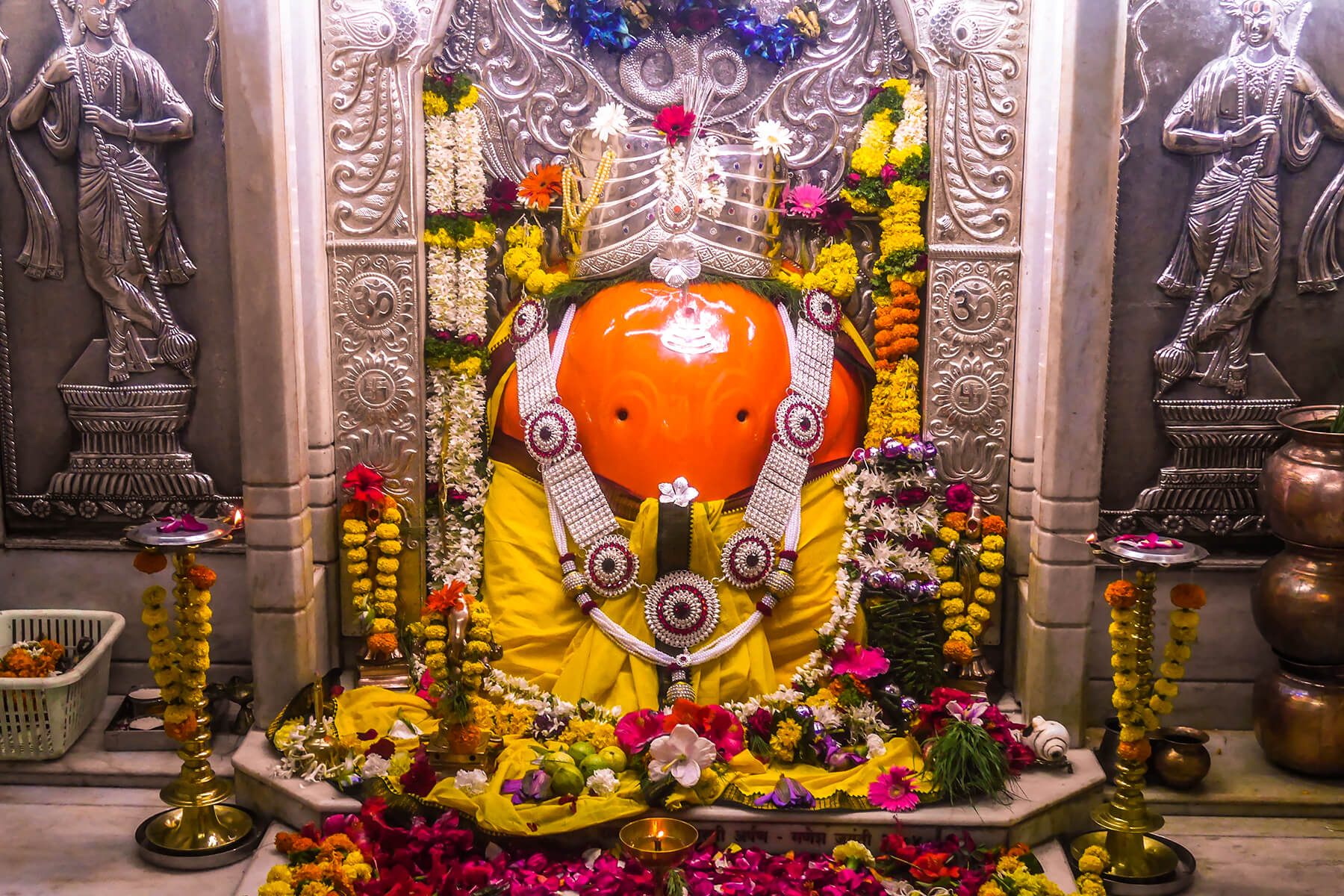- 27 Kms
3 / 5
- Reviews (0)
Location: Near Pune
Located 27 km away from Pune, Theur is home to Shri Chintamani Temple dedicated to Lord Ganesha, the fifth temple in the Ashtavinayak Yatra circuit.
Info
Theur is located in the Haveli taluka of Pune district, near the confluence of river Bhima and the conjoint river Mula-Mutha. The Chintamani Temple of Theur is a Hindu temple dedicated to Ganesha, the elephant-headed god of wisdom. Located 27 km from Pune, the temple is “one of the Ashtavinayaka, the eight revered shrines of Ganesha in the Indian state of Maharashtra. Though Theur is prescribed to the fifth temple to be visited in the Ashtavinayak circuit, pilgrims often visit Theur second in the circuit after Morgaon, as it is a more convenient route.
The temple lore describes how Ganesha retrieved the wish-giving jewel Chintamani for his devotee, the sage Kapila from the greedy king Gana and how he pacifies the uneasy mind of the god Brahma, who meditated on him in Theur. The temple is associated with the Ganapatya saint Morya Gosavi (dated between 13th to 17th century). Though the temple is believed to have existed since antiquity, the current structure of the temple was built by him or his descendant. The Chintamani Temple was also a spiritual magnet for the Peshwa rulers, especially Madhavrao I (1745–1772) who renovated and made additions to the temple structure.
Though Theur is believed to a Ganapatya (sect which considers Ganesha as the Supreme Being) pilgrimage centre since ancient times, the current temple was built by the Ganapatya saint Morya Gosavi or his descendant Dharmadhar (Dharanidhar). The exact date of the temple is unknown.
The Theur temple along with other Ganapatya centres near Pune, enjoyed royal patronage from the Brahmin Peshwa rulers of the Maratha Empire during the 18th century. Currently, the temple is under the administration of the Chinchwad Devasthan Trust, which also governs Morgaon and Siddhatek Ashtavinayak temples.
The temple’s main gate located to the North is relatively smaller compared to the scale of the temple, however the central icon of Chintamani-Ganesha faces East. The temple has a wooden Sabha-mandapa(assembly hall), which was built by Madhavrao. The hall also has a black stone water fountain in it. Besides the central shrine dedicated to Ganesha, there are number of smaller shrines in the temple complex: Mahadeva (Shiva) temple, Vishnu-Lakshmi temple, Hanuman temple etc. Behind the temple is the Peshwa Wada – the Peshwa Palace. Once the residence of Madhavrao, today the day-to-day activities of the temple are carried from this place.
Like other Ashtavinyaka icons, the central icon of Ganesha is considered self-manifested and hardly any features are visible except the elephantine head – studded with jewel eyes – and trunk, which turns to his left. The icon is interpreted to be seated in cross-legged posture and is smeared with sindur like rest of the Ashtavinyaka images.
The temple celebrates three main festivals. The Ganesha Prakatostav which corresponds to the Ganesh Chaturthi festival. The festival is celebrated from the first to the seventh day of the Hindu month of Bhadrapada, where Ganesh Chaturthi is the fourth day. A fair is held on this occasion. The Maghotsav festival is held to commemorate the birthday of Ganesha – Ganesha Jayanti, which falls on the fourth day of the Hindu month of Magha. The temple festival is celebrated from the first to the eighth of the month. A fair is also organized. The Rama-Madhav Punyostav on the eighth day of the Kartik month commemorates the death anniversary of the temple’s best-known patron, Madhavrao and his wife Ramabai, who performed Sati on his funeral pyre and was burnt with him.
Photos + Add a photo
Map
Rent a Car













